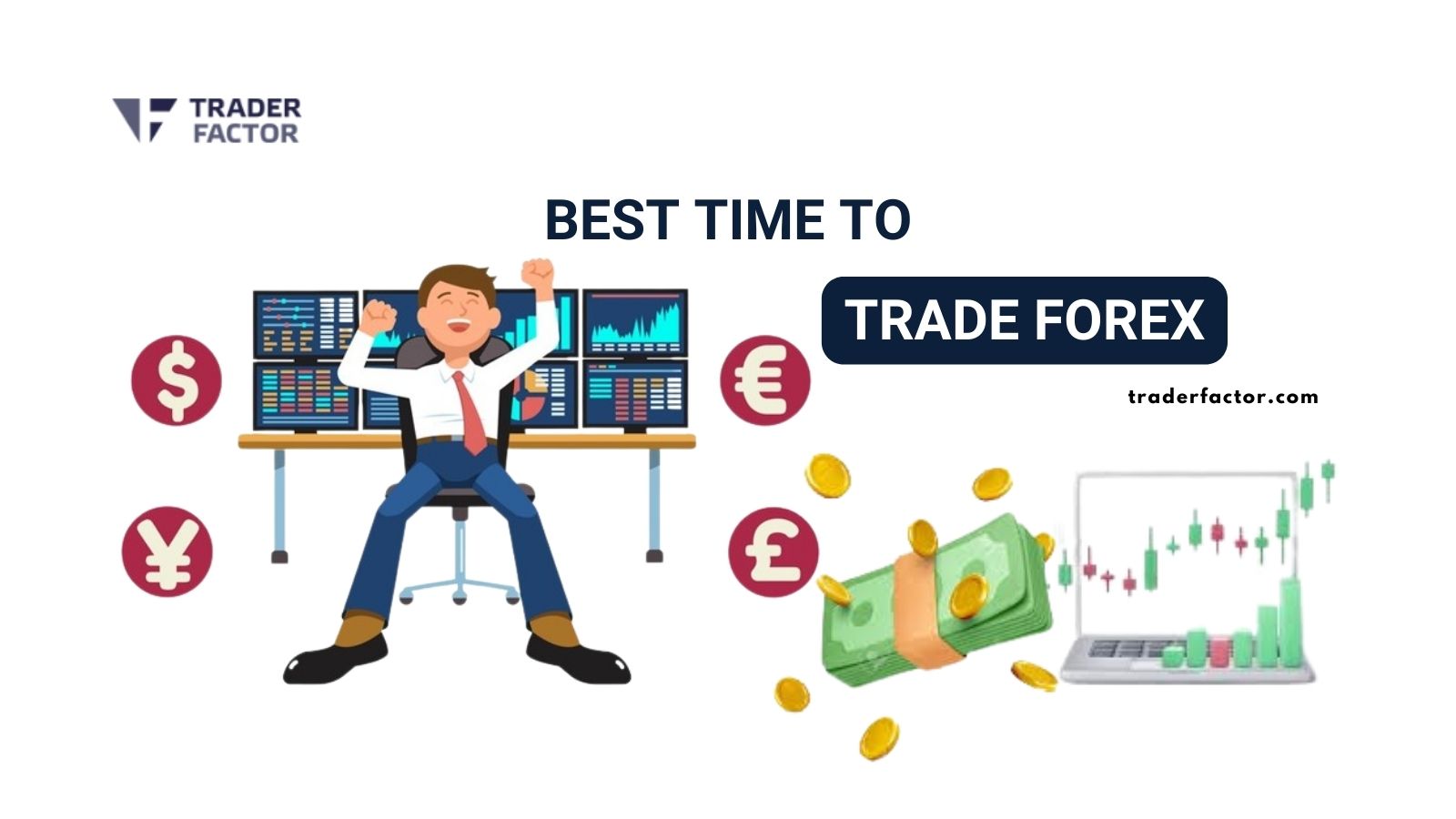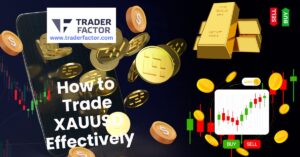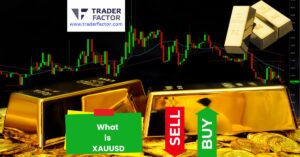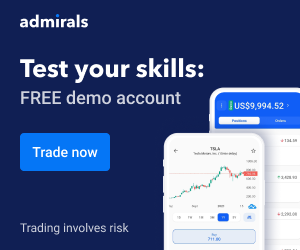Are you looking for the best time to trade forex maximizing profit potential maximize your profit potential in forex trading? If so, understanding the best time to trade central and foreign exchange often, is essential. The foreign exchange market operates 24 hours a day, but certain periods offer greater opportunities for profitability.
Many traders struggle with timing their forex trades effectively, leading to missed opportunities and suboptimal results. Understanding the nuances of the forex market’s trading sessions and knowing when to strike can make all the difference. By aligning your trading activities with the most active and volatile trading periods around, you can increase your chances of catching big price moves and securing profitable forex trades.
Different Trading Sessions in the Forex Market
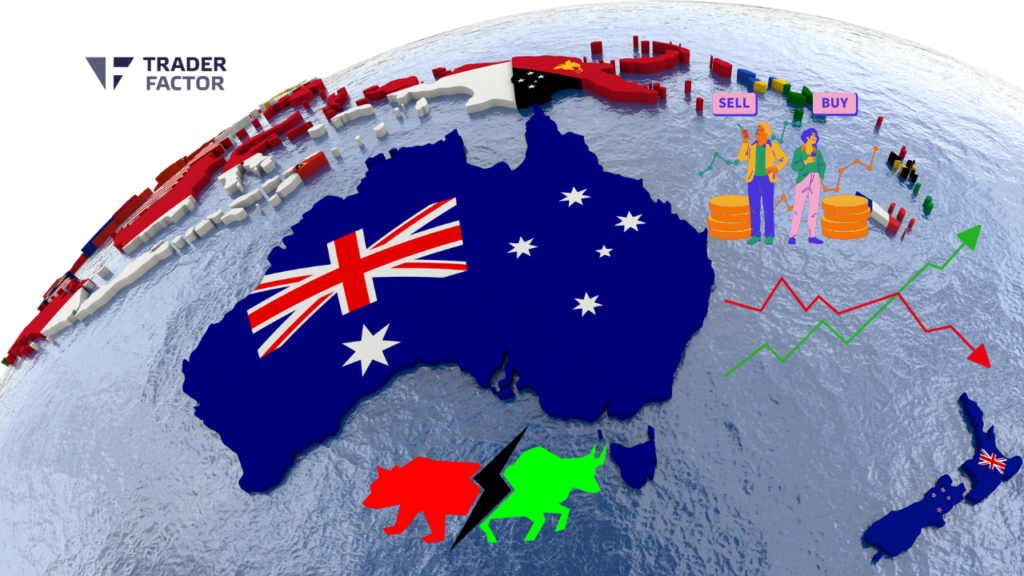
Asian trading session
The Asian trading session, also known as the Tokyo session, is the first major session to open in the forex market. It starts at 12:00 AM GMT and overlaps with the end of the North American session. The most actively traded currency pairs during this session are USD/JPY, AUD/USD, and NZD/USD. The Asian session is known for its relatively low volatility compared to the other sessions, as it is characterized by slower price movements.
European trading session
The European trading session, or the London session, is considered the most active and liquid session in the forex market. It starts at 7:00 AM GMT and overlaps with both the Asian and North American sessions. Major financial centers such as London, Frankfurt, and Paris are active during this session. The most actively traded currency pairs include EUR/USD, GBP/USD, and EUR/GBP. Volatility tends to increase during this session, creating more trading opportunities.
North American trading session
The North American trading session, also known as the New York session, is the final major session of the day. It starts at 12:00 PM GMT and overlaps with the end of the European session. The New York session is known for its high liquidity and volatility, as it involves the participation of major financial centers such as New York and Toronto. The most actively traded currency pairs during this session include USD/CAD, USD/CHF, and USD/JPY.

Overlapping sessions
One of the most significant periods in different forex trading sessions is the overlap three trading periods of two major sessions. The Asian-European overlap occurs from 7:00 AM GMT to 9:00 AM GMT, and the European-North American overlap occurs from 12:00 PM GMT to 4:00 PM GMT. These overlapping periods witness increased trading activity and higher volatility, providing traders with more opportunities to capitalize on price movements.
Pre-Asian trading sessions
Before the Asian session begins, there is a period referred to as the pre-Asian session. This timeframe, which typically starts around 9:00 PM GMT, can see lower liquidity and slower price movements as traders await the opening of the Asian session. Traders who prefer less volatile conditions may find this time suitable for planning and analysis.
Post-North American trading sessions
After the North American session ends, there is a period referred to as the post-North American session. This timeframe, which starts around 4:00 PM GMT, can also experience lower liquidity and slower price movements as traders wind down their activities. Similar to the pre-Asian session, this period can be ideal for planning and analysis.
Weekend trading
While the forex market is generally closed over the weekends, some brokers offer limited trading opportunities during this time. These weekend trading sessions typically have lower liquidity and wider spreads, making them riskier. It’s important to note that unexpected news events or geopolitical developments in three markets can significantly impact the fx market when it reopens, leading to gaps in price levels.

24-Hour forex market
The forex market operates 24 hours a day, five days a week, allowing traders from all over the world to participate at any time. This continuous trading model ensures that there is always an active session in financial markets, providing ample opportunities for trading. However, certain sessions are more favorable in terms of liquidity and volatility, making them more attractive to traders.
Session overlaps
As mentioned earlier, session overlaps create periods of increased trading activity and volatility. These overlaps occur when two major sessions are open simultaneously, leading to higher liquidity and more significant price movements. Traders often focus on these overlapping periods as they offer increased trading opportunities and the potential for capturing larger market moves.
Session timing considerations
When planning your forex trading activities, it’s crucial to consider the timing of different sessions. Factors such as market liquidity, volatility, and the availability of economic news can vary depending on the session. Understanding the characteristics of each session and how they align with your forex trading strategy can help you make informed decisions and optimize your forex trading sessions and results.
Market opening and closing times
Being aware of the market hours opening and closing times for each session is essential. This knowledge allows you to align your trading activities with the market hours most active periods and avoid trading during low-liquidity times. By focusing on the session openings and closings, you can take advantage of increased market volatility and trading volume.

Market reaction to economic news
Economic news releases can have a significant impact on major currency pairs and influence market behavior. Traders often keep an eye on economic calendars to be aware of key announcements, such as interest rate decisions, employment data, and GDP reports. The reaction to these news events varies across sessions, with some sessions being more sensitive to economic news than others. For example, the European session tends to see increased volatility and price movements in response to economic data releases from the Eurozone. Understanding how different sessions react to economic news can help traders better anticipate market movements and adjust their strategies accordingly.
Regional market influence
Each trading day and session is influenced by the financial centers within its respective region. For example, the Asian session is heavily influenced by economic developments and news releases from countries like Japan, Australia, and New Zealand. Similarly, the European session is influenced by news and events from eurozone countries, while the North American session is affected by economic data and news from markets open the United States and Canada. Understanding the regional influences on each session can provide valuable insights for traders.
Factors affecting session volatility
Several factors contribute to the volatility of each trading day and session. These include economic data releases, geopolitical events, and central banks, bank announcements, and market sentiment. For example, during the Asian session, traders often pay attention to economic data from China, as it can impact other Asian currencies. By understanding the factors that drive volatility during specific sessions, traders can make informed decisions and capitalize on potential trading opportunities.

Trading strategies for different sessions
Different trading sessions require different trading strategies due to variations in liquidity, volatility, and market behavior. For example, during the Asian session, breakout strategies or range trading may be more effective, given the relatively lower volatility. On the other hand, during the European or North American sessions, traders may focus on trend-following strategies or news trading, taking advantage of higher liquidity and increased price movements. Adapting one’s trading approach to suit the characteristics of each session can enhance trading performance.
Peak Trading Hours
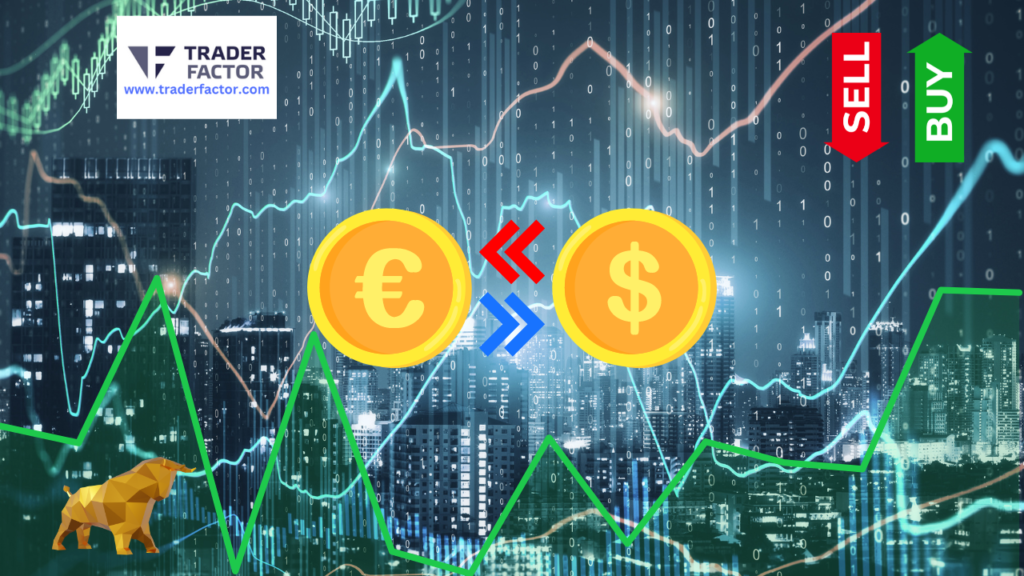
The forex market operates 24 hours a day, five days a week, allowing traders worldwide to participate in trading activities at any time. However, there are certain periods during the day when trading activity and volatility in currency market tend to peak. These peak trading hours are influenced by the overlapping sessions of major financial centers around the world.
Asian session peak hours
The Asian session is the first major trading session to open, starting in the early hours of the Asian business day. The peak trading and forex market hours for the Asian session typically occur between 12:00 AM and 4:00 AM UTC (Coordinated Universal Time). During this time, financial centers like Tokyo, Hong Kong, Singapore, and Sydney are active. Traders during forex market hours in the Asian session often focus on currency pairs involving the Japanese yen, Australian dollar, and New Zealand dollar.
European session peak hours
The European session is the most active trading session, as it overlaps with both the Asian and North American sessions. The peak trading hours for the European session typically occur between 8:00 AM and 12:00 PM UTC. This period coincides with the opening of major financial centers such as London, Frankfurt, Paris, and Zurich. The European session is known for its high liquidity and volatility, making it an attractive time for traders. Currency pairs involving the euro, British pound, and Swiss franc are commonly the most traded major currency pairs, during this session.

North American session peak hours
The North American session is the last major trading session to open and is characterized by high trading volumes and volatility. The peak trading hours for the North American session typically occur between 1:00 PM and 5:00 PM UTC. This period overlaps with the closing hours of the European session and includes the opening hours of major financial centers in New York and Toronto. Traders during this session often focus on currency pairs involving the US dollar and Canadian dollar.
Impact of Time Zones
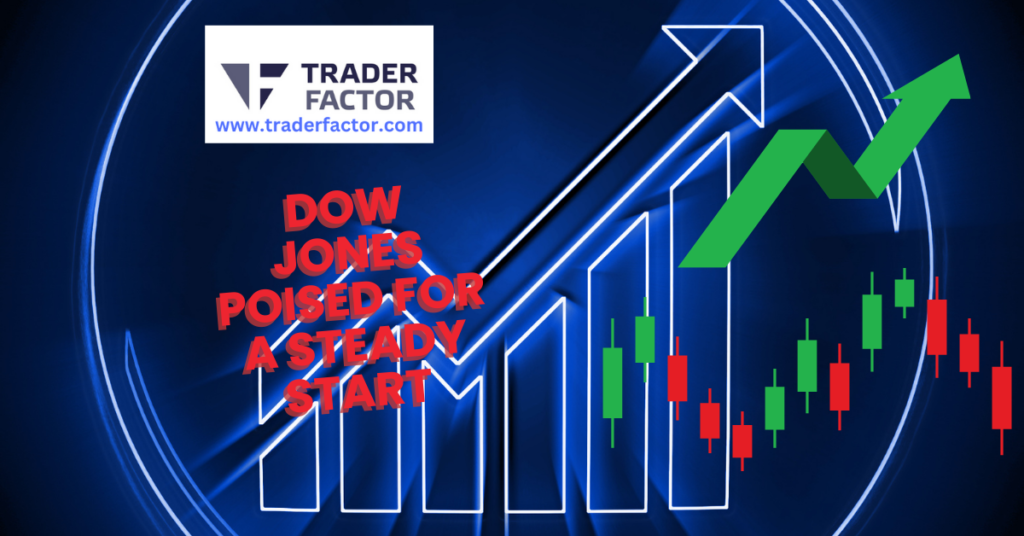
The global forex market operates 24 hours a day, five days a week, thanks to the overlapping trading sessions across different time zones. The impact of time zones is significant and influences various aspects of forex trading.
Overlapping trading sessions
One of the key impacts of time zones is the overlapping of trading sessions. These overlaps occur when two main trading sessions are active simultaneously, resulting in increased trading activity and liquidity. The most notable overlaps are between the Asian and European trading sessions overlap and the European and North American sessions. These overlaps create periods of heightened market activity and are often considered optimal times for trading due to increased volatility and potential opportunities.
Liquidity variations
Time zones also affect liquidity in the forex market. Different trading sessions have varying levels of liquidity based on the participation of major financial centers within each region. For example, the European session tends to have higher liquidity due to the presence of many financial institutions in hubs like London and Frankfurt. On the other hand, the Asian session may experience relatively lower liquidity during certain hours when major financial centers are closed. Traders need to consider these liquidity variations when planning their trades.

Market continuity
The forex market’s 24-hour nature ensures continuous trading activity, allowing traders from around the world to participate at any given time. This continuous market operation contributes to price discovery and ensures that market participants can react to news and events in real-time. Traders can enter and exit positions, manage their portfolios and hedge funds, and react to market developments regardless of their geographical location.
Currency-specific time zone influence
Each currency has a “home” country or region associated with it, and its trading activity tends to be influenced by the corresponding time zone. For example, the Australian dollar is often more active during the Asian session due to its close association with the Australian economy. Similarly, the US dollar sees increased trading volume during the North American session when markets in the United States are open. Understanding the time zone influence on specific currencies can help traders identify optimal trading opportunities.
Economic event timing
Time zones play a crucial role in the timing of economic events and data releases. Major economic indicators, such as GDP reports, interest rate decisions, and employment data, are released at specific times according to the local time zone of the country or region. Traders need to be aware of these timings to anticipate market reactions and adjust their trading strategies accordingly. Economic events occurring during overlapping trading sessions tend to have a more pronounced impact on the market due to increased participation and volatility.

Trading activity shifts
The impact of time zones also affects the shifting of trading activity from one region to another. As one session comes to a close, trading activity gradually shifts to the opening session. For example, as the Asian session winds down, trading activity starts to pick up in Europe, followed by North America. This shifting swing trading activity can result in price movements and opportunities for traders who are actively monitoring the market during these transitions.
Individual trader’s availability
The impact of time zones is also felt by individual traders based on their geographical location and availability. Traders can choose to participate in the forex market during the trading session that aligns with their local time zone and personal schedule. For example, forex traders located in Asia may find it more convenient to trade during the Asian session, while forex traders elsewhere in Europe may prefer the European session. This flexibility allows traders to adapt their trading activities to their own availability and preferences.
Best Currency Pairs to Trade Forex
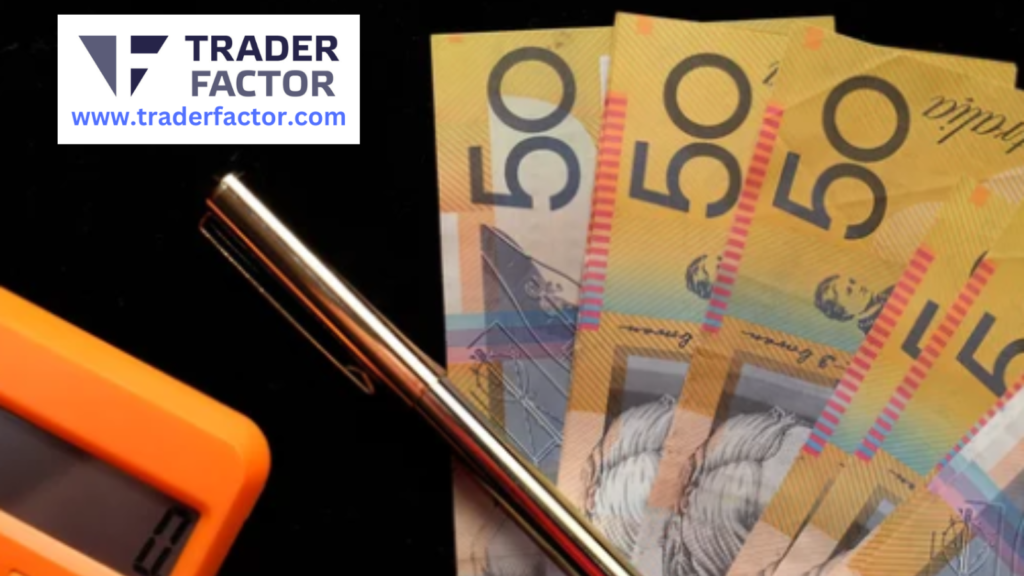
When it comes to forex trading, choosing the right currency pairs can significantly impact your trading success. While there are numerous currency pairs available for trading, some most traded currency pairs are known to be more popular and offer better trading opportunities. Here are some of the best currency pairs to your forex trade:
EUR/USD (Euro/US Dollar)
The EUR/USD pair is one of the most widely traded currency pairs in the forex market. It represents the exchange rate between the Eurozone’s euro and the United States dollar. This pair has high liquidity and tight spreads, making it attractive to both beginner and experienced traders. The EUR/USD pair is affected by various economic factors, including interest rate differentials, economic data releases, and geopolitical events.
USD/JPY (US Dollar/Japanese Yen)
The USD/JPY pair is another popular currency pair, representing the exchange rate between the US dollar and the Japanese yen. It is known for its high liquidity and tight spreads, making it appealing to day traders and scalpers. The USD/JPY pair is influenced by factors such as the monetary policies of the US Federal Reserve and the Bank of Japan, economic indicators, and market sentiment.

GBP/USD (British Pound/US Dollar)
The GBP/USD pair, also known as “Cable,” represents the exchange rate between the British pound and the US dollar. It is one of the most actively traded currency pairs, with significant price movements and trading opportunities. The GBP/USD pair is influenced by factors such as Brexit developments, UK economic data, US economic indicators, and geopolitical events impacting both countries.
USD/CHF (US Dollar/Swiss Franc)
The USD/CHF pair represents the exchange rate between the US dollar and the Swiss franc. It is known for its stability and the role of the Swiss franc as a safe-haven currency. The USD/CHF pair is influenced by factors such as the monetary policies of the US Federal Reserve and the Swiss National Bank, economic data, market risk sentiment, and geopolitical events.
AUD/USD (Australian Dollar/US Dollar)
The AUD/USD pair represents the exchange rate between the Australian dollar and the US dollar. It is often influenced by commodity prices, particularly those of gold and iron ore, as Australia is a major exporter of these commodities. Other factors influencing the AUD/USD pair include interest rate differentials, economic data from both countries, and market sentiment.
USD/CAD (US Dollar/Canadian Dollar)
The USD/CAD pair represents the exchange rate between the US dollar and the Canadian dollar. It is heavily influenced by the prices of crude oil, as Canada is a major oil exporter. Economic data releases, interest rate differentials, and trade relations between the two countries also impact the USD/CAD pair. Traders often find trading opportunities in this pair due to its volatility and correlation with commodities.

EUR/GBP (Euro/British Pound)
The EUR/GBP pair represents the exchange rate between the euro and the British pound. It is influenced by factors affecting both the eurozone and the UK, such as economic indicators, interest rate differentials, Brexit developments, and political events. The EUR/GBP pair offers trading opportunities for those interested in the relationship between the euro and the pound sterling.
NZD/USD (New Zealand Dollar/US Dollar)
The NZD/USD pair represents the exchange rate between the New Zealand dollar and the US dollar. It is influenced by factors such as New Zealand’s economic data, interest rate decisions by the Reserve Bank of New Zealand, US economic indicators, market sentiment, and global risk appetite. The NZD/USD pair offers opportunities for traders interested in the New Zealand economy and its relation to the US dollar.
Importance of Identifying the Best Time to Trade Forex

Timing plays a crucial role in forex trading, as the market operates 24 hours a day, five days a week. Identifying the best time to trade can significantly impact your trading success. Here are some key reasons why it is important to determine the optimal trading times:
Increased Liquidity
Trading during periods of high liquidity is advantageous for forex trader, and investment banks, as it ensures that there are enough buyers and sellers in the market. This leads to tighter spreads and better execution of trades. The best time to trade forex is when multiple major financial centers are open simultaneously, such as the overlap between the London and New York sessions.
Volatility and Trading Opportunities
Volatility refers to the magnitude of price movements in a given period. Higher volatility provides greater trading opportunities, as prices fluctuate more significantly. Traders often look for volatile market conditions to sell currencies, as they present opportunities for profit. The best time to trade in forex markets with higher volatility is during major news releases, economic data releases, and overlapping sessions.

Overlapping Sessions
During overlapping trading sessions, two or more major financial centers are open simultaneously, increasing market activity and liquidity. The most significant overlap occurs between the London and New York sessions. This period, usually lasting a few hours, offers increased trading opportunities due to the high volume and volatility.
Currency-Specific Factors
Different currency pairs have unique characteristics based on the countries and economies they represent. Understanding these factors is crucial when identifying the best time to trade specific currency pairs. For example, trading the AUD/USD currency pair, may be influenced by the release of economic data from Australia during the Asian session. Similarly, trading the GBP/USD pair might be influenced by news and events related to the UK during the London session.
Personal Trading Style and Availability
Identifying the best time to trade is also influenced by your personal trading style and availability. If you prefer shorter-term trades, you may focus on volatile market conditions during overlapping sessions. On the other hand, if you are a longer-term trader, you may analyze market trends and trade during specific sessions that align with your strategy. Additionally, consider your time zone and availability to actively monitor the market.
Avoiding Low Activity Periods
Trading during low activity periods can be challenging, as there may be limited price movements and liquidity. These periods usually occur during weekends, public holidays, and late-night hours in major financial centers. It is generally recommended to avoid trading during these times, as the risk of slippage and wider spreads increases.

Managing Risk
Identifying the best time to trade forex is also essential for managing risk. By trading during higher liquidity and volatile periods, you may experience better trade execution and reduced risk of significant price gaps. Moreover, being aware of upcoming news releases and economic events can help you adjust your risk management strategies accordingly.
Frequently Asked Questions About Best Forex Trading Sessions

What is the best time to trade forex (The best forex trading sessions)?
The best time to trade forex is during periods of high market activity when there is increased liquidity and volatility. This typically occurs during the overlapping trading sessions of major financial centers.
Which trading session offers the most opportunities?
The London and New York trading sessions tend to offer the most opportunities due to their significant trading volumes and overlapping hours. This is when the market is most active and price movements on stock exchanges are more pronounced.
Should I trade during the Asian session?
While the Asian session may have lower volatility compared to other sessions, it can still present trading opportunities depending on your trading strategy and the various currency pairs and trading currencies you focus on.

How can I identify the most active trading sessions?
You can use various tools and indicators to identify the most active trading sessions, such as monitoring market open and close times, analyzing trading volume, and using session overlays on your charts.
Is it necessary to trade during the opening or closing hours of a session?
It’s not necessary to trade specifically during the opening or closing hours of a session. Profitable opportunities can arise at any time during a session, so it’s important to be flexible and adaptable in your trading approach.
Are there specific currency pairs that are more profitable during certain trading sessions?
Some currency pairs may exhibit greater volatility and liquidity during specific trading sessions. For example, during the London session, currency pairs involving the British pound (GBP) tend to see heightened activity.
Can I trade forex outside of the major trading sessions?
Yes, you can trade forex outside of the major trading sessions, but it’s important to note that liquidity and volatility may be lower during these times. It’s typically recommended for experienced traders who have well-defined strategies.

How can I maximize profit potential during the best trading times?
To maximize profit potential, it’s crucial retail investors to have a solid currency trading call strategy, conduct thorough market analysis, use appropriate risk management techniques, and stay updated on relevant economic events that can impact currency markets.
Can automated trading systems help optimize trading during the best times?
Yes, automated trading systems, also known as expert advisors or EAs, can help optimize trading during the best times by executing trades based on pre-defined criteria and algorithms. However, it’s essential to thoroughly test and monitor any automated system.
Are there any risks associated with trading during high volatility periods?
Trading during high volatility periods can offer increased profit potential, but it also carries higher risks. Price movements can be sharp and unpredictable, so it’s important to use appropriate risk management strategies and avoid excessive leverage.
Conclusion
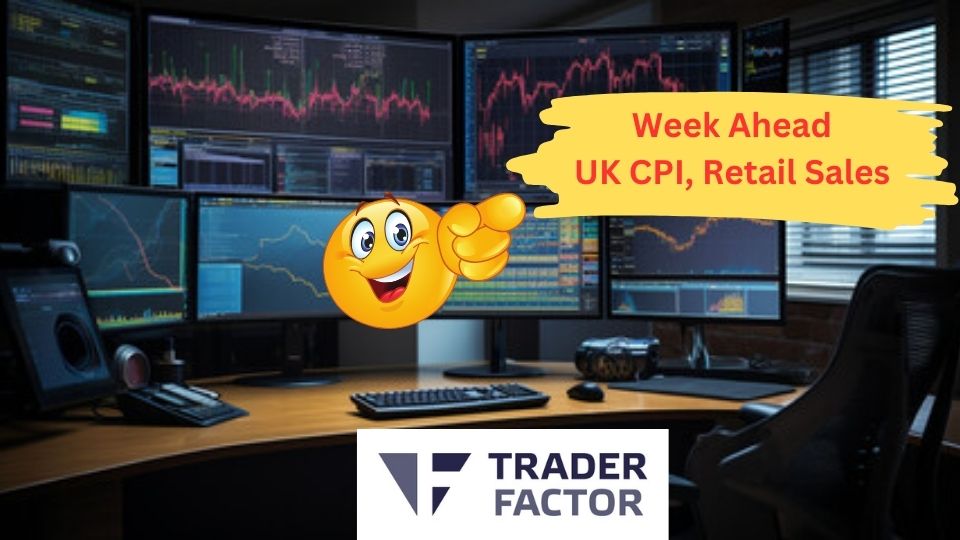
After and analyzing various sources of forex markets, it can be concluded that the best trading sessions in the forex market are the overlapping periods of major financial centers, particularly the London and New York sessions. These sessions offer increased liquidity, high trading volumes, and greater opportunities for profit due to the active participation of market participants.
Three trading sessions of Tokyo, London, and New York are crucial in determining volatility peaks and market movements. The 10 am and 3 pm London time are highlighted as periods of optimum liquidity opening price up.
The overlap between the New York and London exchanges, typically occurring from 8 am to noon, is considered by many investors as the best trading time due to the increased trading activity and potential price fluctuations.
It is important to note that each trading session has its own characteristics and advantages, and traders should consider their trading strategies, currency pairs of interest, and personal preferences when choosing the best trading sessions for themselves.

While the London and New York sessions are often regarded as the most favorable for trading forex, it is essential for traders to conduct thorough market analysis, develop a solid trading plan, and practice sound risk management techniques to maximize profit potential in any trading session.
Read These Next
The Winning Mindset for Weekend Forex Trading
Essential Education for Taxes on Forex Trading
What is a Margin Level in Forex?
Forex Breakout Strategy: A Guide for Profitable Trading
Forex Consolidation Breakout Strategies for Traders
Master Forex Flag Pattern Strategy for Profit
Disclaimer:
All information has been prepared by TraderFactor or partners. The information does not contain a record of TraderFactor or partner’s prices or an offer of or solicitation for a transaction in any financial instrument. No representation or warranty is given as to the accuracy or completeness of this information. Any material provided does not have regard to the specific investment objective and financial situation of any person who may read it. Past performance is not a reliable indicator of future performance.
Author
-

Zahari Rangelov is an experienced professional Forex trader and trading mentor with knowledge in technical and fundamental analysis, medium-term trading strategies, risk management and diversification. He has been involved in the foreign exchange markets since 2005, when he opened his first live account in 2007. Currently, Zahari is the Head of Sales & Business Development at TraderFactor's London branch. He provides lectures during webinars and seminars for traders on topics such as; Psychology of market participants’ moods, Investments & speculation with different financial instruments and Automated Expert Advisors & signal providers. Zahari’s success lies in his application of research-backed techniques and practices that have helped him become a successful forex trader, a mentor to many traders, and a respected authority figure within the trading community.
View all posts

